Home>Furniture>How To Make A Wooden Dresser Drawers Slide Easier
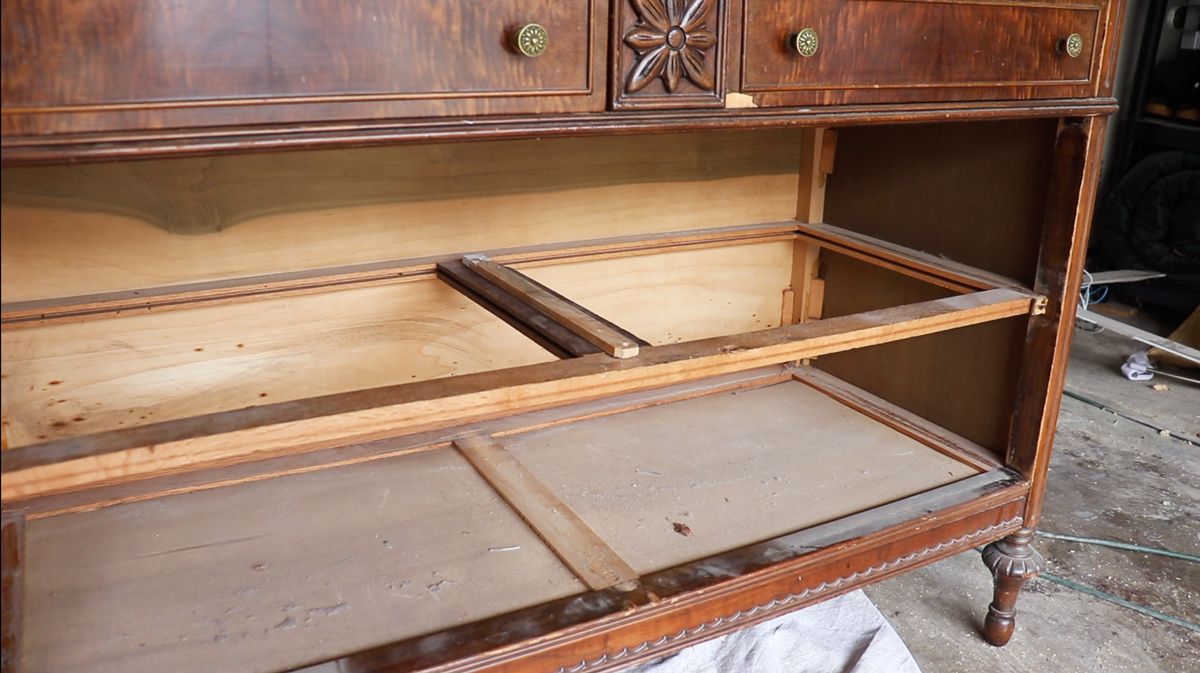

Furniture
How To Make A Wooden Dresser Drawers Slide Easier
Modified: December 7, 2023
Learn how to make your furniture drawers slide smoother and easier with this step-by-step guide. Upgrade your wooden dresser and enjoy improved functionality.
(Many of the links in this article redirect to a specific reviewed product. Your purchase of these products through affiliate links helps to generate commission for Storables.com, at no extra cost. Learn more)
Introduction
Having a dresser with drawers that slide smoothly is a must for any furniture lover. After all, what good is a beautiful piece if the drawers are difficult to open and close? If you’ve been struggling with sticky or stubborn dresser drawers, you’re in luck. In this article, we’ll explore various methods to make wooden dresser drawers slide easier, so you can improve both the functionality and aesthetics of your beloved furniture.
Understanding the Problem
Before delving into the solutions, it’s important to understand why your wooden dresser drawers may be giving you trouble. Over time, natural wear and tear, humidity levels, or inadequate maintenance can cause the drawers to become less smooth and efficient in their movement. Dust, debris, and dirt can accumulate in the runner channels, hindering the smooth sliding motion. Additionally, the drawer slides or runners may be misaligned, preventing the drawers from gliding effortlessly.
Assessing the Current State
The first step in resolving the issue is to assess the current state of your wooden dresser drawers. Carefully examine each drawer to determine the level of difficulty experienced when opening or closing. Take note of any visible signs of wear, such as scratches, sticking, or uneven sliding. This assessment will help you identify the specific areas that require attention and guide you in selecting the appropriate solutions.
Identifying the Causes of Difficulty
Next, it’s crucial to pinpoint the causes behind the difficulty in drawer movement. As mentioned earlier, the potential culprits could be dust and debris, misaligned runners, or worn-out drawer slides. By identifying the root cause, you’ll be able to target your efforts and select the best course of action, whether it be cleaning, lubricating, adjusting, or replacing the necessary components.
Preparation
Before proceeding with any fixes, it’s essential to gather the necessary tools and supplies. This may include a soft cloth, mild detergent, lubricant (such as silicone spray or beeswax), screwdriver, level, and measuring tape. Ensuring you have everything you need beforehand will save time and frustration during the process.
Cleaning and Lubricating the Runners
One common cause of difficulty in sliding wooden drawers is dirt and debris buildup in the runner channels. Begin by removing the drawers and inspecting the runners. Use a soft cloth or brush to clean the runners thoroughly, removing any accumulated dust or grime. Next, apply a small amount of lubricant to the runner channels. Be sure to use a lubricant that is specifically designed for wooden furniture to avoid any damage.
Key Takeaways:
- Say goodbye to sticky and stubborn wooden dresser drawers by understanding the root causes and implementing cleaning, lubricating, and adjusting techniques for smooth and effortless sliding.
- Transform your wooden dresser drawers into a joy to use with thorough assessment, proper alignment, and regular maintenance, ensuring optimal functionality and aesthetics for your beloved furniture.
Read more: How To Fix A Dresser Drawer Slides
Understanding the Problem
When it comes to wooden dresser drawers that don’t slide easily, several factors might be at play. Understanding these issues will help you better address the problem and find appropriate solutions.
1. Natural Wear and Tear: Over time, the repeated opening and closing of the drawers can lead to wear and tear. The friction between the wooden parts can cause them to become rough and less smooth. This is especially true if the wooden dresser has been in use for many years without proper maintenance.
2. Humidity Levels: Wood is susceptible to changes in humidity. If the environment in which the dresser is placed experiences fluctuations in humidity, it can cause the wood to expand or contract. This can result in misalignment of the drawers or make them stick, making it difficult to slide them in and out.
3. Lack of Maintenance: Regular cleaning and maintenance are essential to keep wooden dresser drawers in good working condition. Neglecting proper care can lead to the accumulation of dust, dirt, and debris in the runner channels, hindering smooth movement. Over time, this buildup can become compacted and make sliding the drawers even more difficult.
4. Misaligned Runners: If the runners (also called drawer slides) are not properly aligned, it can cause the drawers to stick or become uneven. Misalignment can occur due to moving the dresser, shifting of the wood, or other factors. When the runners are not parallel or slightly tilted, the drawers may bind or rub against the surrounding wood.
5. Worn-out Drawer Slides: Drawer slides bear the weight of the drawers and enable smooth movement. With continuous use, these slides can become worn or damaged. When the slides are worn, the friction increases, making it harder to pull the drawers in and out. In some cases, the slides may even be loose or broken, requiring replacement.
To effectively address the problem of difficult sliding wooden dresser drawers, it’s important to evaluate which of these factors are contributing to the issue. This will allow you to take the appropriate steps to fix the problem and restore the functionality of your dresser.
Assessing the Current State
Before attempting any fixes or adjustments, it’s crucial to assess the current state of your wooden dresser drawers. This evaluation will help you identify the specific areas that require attention and guide you in selecting the appropriate solutions.
Start by carefully examining each drawer individually. Pay close attention to how smoothly they slide in and out of the dresser. Take note of any sticking points, uneven movement, or visible signs of wear and tear such as scratches or gouges.
If you notice that a particular drawer is causing the most difficulty, inspect it more closely. Look for any visible obstructions like loose screws, nails, or small objects that might be hindering the proper sliding motion. If you find any, remove them carefully to see if it improves the drawer’s functionality.
Next, observe the overall alignment of the drawers within the dresser. Do they sit flush and evenly, or are there noticeable gaps or misalignments? Misaligned drawers can indicate issues with the runners or drawer slides and may require further adjustments or replacements.
As you evaluate the state of your dresser drawers, also take into consideration any external factors that may impact their movement. For example, if your dresser is placed on an uneven or unstable floor surface, it could affect the smoothness of the sliding action. In such cases, placing shims or adjusting the dresser’s position may be necessary.
Lastly, determine the level of difficulty experienced when opening or closing the drawers. Are they slightly sticky, requiring extra force, or do they come to a complete halt halfway through their range of motion? This will help you gauge the severity of the problem and decide on the appropriate solution.
By thoroughly assessing the current state of your wooden dresser drawers, you’ll have a clearer understanding of the specific issues that need to be addressed. This knowledge will guide you in selecting the right techniques and methods to make your drawers slide with ease and improve the overall functionality of your dresser.
Identifying the Causes of Difficulty
When it comes to fixing wooden dresser drawers that don’t slide easily, it’s essential to identify the underlying causes. By pinpointing the root issues, you’ll be able to address them directly and implement effective solutions. Here are some common causes of difficulty in drawer movement that you should be aware of:
1. Accumulated Dust and Debris: Over time, dust, dirt, and other debris can accumulate in the runner channels or on the drawer slides. This buildup can create friction and resistance, making it harder for the drawers to slide smoothly. Inspect the runner channels and slides to see if there is any visible dirt or debris that needs to be cleaned.
2. Misaligned Runners: Drawer runners, or drawer slides, are the metal or wooden tracks that facilitate the sliding motion of the drawers. If the runners are not properly aligned, the drawers may not slide evenly or smoothly. Misalignment can occur due to shifting or settling of the dresser or improper installation initially.
3. Worn-out or Damaged Drawer Slides: Drawer slides can wear out over time, especially if they’re made from plastic or have been subjected to excessive weight. Worn-out or damaged slides can cause sticking or uneven sliding. Check the condition of the slides to see if there are any signs of wear, such as cracks or breaks.
4. Excessive Friction: When the wooden surfaces of the drawers and the dresser rub against each other, it can create friction that hampers smooth sliding. This can occur if the wood has become rough or worn due to age or insufficient maintenance. Assess the condition of the wooden surfaces for any signs of roughness or wear.
5. Humidity and Temperature Changes: Wood is sensitive to changes in humidity and temperature. Fluctuations in these environmental factors can cause the wood to expand or contract, affecting the fit of the drawers within the dresser. If you notice that the drawers become more difficult to slide during certain seasons or weather conditions, humidity and temperature changes may be a contributing factor.
By carefully examining your wooden dresser drawers and considering these potential causes, you can determine the specific factors contributing to the difficulty in sliding. This knowledge will help you select and implement the most appropriate solutions, whether it be cleaning and lubricating the runners, adjusting the alignment, or replacing worn-out components.
Preparation
Before you begin working on making your wooden dresser drawers slide easier, it’s important to gather the necessary tools and supplies. This preparation will ensure that you have everything you need to successfully complete the task at hand. Here are the common tools and materials you should have on hand:
1. Soft Cloth or Brush: A soft cloth or brush will be useful for cleaning the runner channels and removing any dust, dirt, or debris that may be causing the drawers to stick.
2. Mild Detergent: If the runner channels are particularly dirty or greasy, a mild detergent mixed with water can help in the cleaning process. Be sure to use a gentle detergent that won’t damage the wood or finishes.
3. Lubricant: A suitable lubricant such as silicone spray or beeswax will be essential for reducing friction and ensuring smooth sliding action. Make sure to choose a product specifically designed for use on wooden furniture.
4. Screwdriver: Depending on the type of drawer runners or slides, a screwdriver may be needed to adjust or remove screws holding them in place. Ensure that you have the appropriate screwdriver tips for the job.
5. Level: A level will come in handy for checking and adjusting the alignment of the drawers and ensuring they are sitting evenly in the dresser.
6. Measuring Tape: A measuring tape helps you assess and maintain accurate drawer heights and alignment. It will be particularly useful if you need to replace drawer slides or make adjustments to the existing ones.
7. Replacement Drawer Slides (if needed): If you determine that the existing drawer slides are worn-out or damaged beyond repair, you may need to purchase replacement slides. Measure the dimensions and type of your current slides to ensure you get the correct replacements.
By gathering these tools and materials in advance, you’ll eliminate any unnecessary delays or interruptions during the fixing process. You’ll be well-equipped to handle any cleaning, lubricating, adjusting, or replacement tasks required to make your wooden dresser drawers slide easier.
Cleaning and Lubricating the Runners
One of the most common reasons for wooden dresser drawers to stick or slide with difficulty is the accumulation of dust, dirt, or debris in the runner channels. Fortunately, this issue can often be resolved by thoroughly cleaning and lubricating the runners. Here’s how:
1. Remove the Drawers: Start by fully removing all the drawers from the dresser. This will allow easier access to the runner channels and facilitate a more thorough cleaning and lubrication process.
2. Inspect the Runners: Take a close look at the runner channels on both the dresser frame and the drawers themselves. Look for any visible dirt, grime, or debris that may be obstructing the smooth sliding motion. Use a soft cloth or brush to remove any loose particles.
3. Clean the Runner Channels: Dampen a soft cloth with a mild detergent solution, and gently wipe down the runner channels. Pay attention to the corners and crevices where dirt tends to accumulate. Be careful not to saturate the wood with excessive moisture; a slightly damp cloth will suffice.
4. Remove Stubborn Stains: If there are any stubborn stains or sticky residues on the runner channels, you can use a non-abrasive sponge or scrub brush to loosen and remove them. Again, be gentle to avoid damaging the wood or finishes.
5. Dry the Runner Channels: After cleaning, use a dry cloth to thoroughly remove any moisture from the runner channels. Ensure that they are completely dry before proceeding to the lubrication step.
6. Apply Lubricant: Once the runner channels are clean and dry, it’s time to apply a suitable lubricant. Choose a lubricant specifically designed for wooden furniture, such as silicone spray or beeswax. Apply a small amount of the lubricant along the length of the runner channels, ensuring even coverage.
7. Work the Lubricant: To distribute the lubricant more evenly, gently slide the drawers in and out of the dresser a few times. This will help to spread the lubricant and ensure smooth movement. If necessary, add more lubricant to any areas that still show resistance.
8. Reinsert the Drawers: Once the lubricant has been applied and the movement feels smoother, carefully reinsert the drawers back into their respective positions in the dresser. Make sure they are aligned properly and sit flush with the dresser frame.
Cleaning and lubricating the runner channels should significantly improve the sliding action of your wooden dresser drawers. By removing built-up dirt and applying a suitable lubricant, you’ll restore smooth and effortless movement. If the drawers still don’t slide easily, further adjustments or component replacements may be needed, which we’ll delve into in the subsequent steps.
Apply a thin layer of paraffin wax or candle wax to the wooden drawer slides to reduce friction and make the drawers slide easier.
Adjusting the Runners
If cleaning and lubricating the runner channels doesn’t fully resolve the difficulty in sliding your wooden dresser drawers, it might be necessary to make adjustments to the runners. Here’s a step-by-step guide to help you in this process:
1. Assess the Drawer Alignment: Start by examining the alignment of the drawers within the dresser. Look for any gaps or unevenness between the drawers and the surrounding frame. This will help you identify which drawers require adjustment.
2. Loosen Mounting Screws: Identify the screws that hold the runners in place on both the dresser frame and the drawers. Using a screwdriver, loosen these screws slightly to allow for adjustment. Do not remove the screws completely at this stage; loosening them should provide enough flexibility to make necessary changes.
3. Horizontal Alignment: For drawers that are misaligned horizontally, meaning they don’t sit flush with the dresser frame, you’ll need to make horizontal adjustments to the runners. Gently push or pull the drawer in the appropriate direction until it aligns properly. Tighten the mounting screws once the desired alignment is achieved.
4. Vertical Alignment: If the drawers are misaligned vertically, meaning they are at different heights when closed, you’ll need to make vertical adjustments to the runners. Carefully raise or lower the drawer by adjusting the height of the runner on one or both sides until the drawer sits at the desired level. Tighten the mounting screws once the vertical alignment is corrected.
5. Test the Sliding Action: After making the necessary adjustments and tightening the screws, test the sliding action of the drawers. They should now move smoothly and effortlessly. If you still encounter any sticking or uneven sliding, additional adjustments may be required.
6. Fine-tune the Alignment: If minor adjustments are needed to further improve the alignment or sliding action, you can make small tweaks to the horizontal or vertical positioning of the runners. This may involve loosening the mounting screws slightly, making the necessary adjustment, and then retightening the screws once the alignment is satisfactory.
7. Recheck and Retest: After all adjustments have been made, double-check the alignment of the drawers within the dresser. Ensure that they sit flush with the frame and move smoothly. If any further tweaks are needed, repeat the adjustment process until the desired results are achieved.
By properly adjusting the runners, you can align the drawers within the wooden dresser and enhance their sliding action. Taking the time to fine-tune the alignment will significantly improve the functionality and overall aesthetic appeal of your dresser.
Replacing the Drawer Slides
If your wooden dresser drawers still have difficulty sliding smoothly after cleaning, lubricating, and adjusting the runners, it may be necessary to replace the drawer slides. Here’s a step-by-step guide to help you through the process:
1. Determine the Correct Replacement Slides: Measure the dimensions of your current drawer slides to ensure you purchase the correct replacement set. Take note of the length, width, and height of the slides, as well as any specific requirements such as side-mount or under-mount slides.
2. Remove the Drawers: Fully remove the drawers from the dresser. This will provide easy access to the existing drawer slides for removal and replacement.
3. Remove the Old Drawer Slides: Using a screwdriver, remove the screws that secure the old drawer slides to both the dresser frame and the drawers themselves. Take care to keep track of the screws for reassembly. With the screws removed, gently pull out the old slides from the dresser frame.
4. Install the New Drawer Slides: Take the new drawer slides and align them with the existing screw holes on the dresser frame. Secure them in place using the screws provided with the new slides. Ensure that the slides are level and properly aligned for smooth sliding motion.
5. Attach the Slides to the Drawers: With the new slides attached to the dresser frame, position the corresponding slides onto the drawers. Align them properly with the existing screw holes. Secure the slides to the drawers using the screws provided, ensuring a secure connection.
6. Test the Sliding Action: Once the new slides are installed on both the dresser frame and the drawers, carefully slide the drawers back into their respective positions. Test the sliding action to ensure the drawers move smoothly and effortlessly along the new slides.
7. Make Fine Adjustments: If necessary, make minor adjustments to the alignment or positioning of the new drawer slides. Loosen the screws slightly, make the necessary changes, and retighten the screws once the drawers are properly aligned and slide without resistance.
8. Reinstall the Drawers: Once you are satisfied with the sliding action and alignment of the drawers, carefully reinsert them back into their original positions in the dresser. Ensure that they sit flush with the frame and glide smoothly along the new slides.
By replacing the drawer slides, you can restore the smooth sliding functionality of your wooden dresser drawers. It may take some time and effort, but the end result will be drawers that slide with ease and enhance the overall usability of your dresser.
Proper Alignment of the Drawers
Ensuring proper alignment of the drawers within your wooden dresser is crucial for smooth and seamless sliding. Even with well-cleaned and lubricated drawer runners or replaced slides, misaligned drawers can still hinder functionality. Here are some steps to achieve proper alignment:
1. Assess the Alignment: Carefully examine the alignment of the drawers within the dresser. Look for gaps, unevenness, or any visible signs that the drawers are not sitting flush or level with the surrounding frame. Take note of which drawers require adjustment.
2. Adjust Horizontal Alignment: For drawers that are misaligned horizontally, gently push or pull the drawer in the appropriate direction until it is properly aligned with the surrounding frame. Ensure that there are no gaps or unevenness between the drawer and the dresser. Small adjustments may be necessary to achieve a perfect fit.
3. Adjust Vertical Alignment: If the drawers are misaligned vertically, meaning they are at different heights when closed, you’ll need to make vertical adjustments. Carefully raise or lower the drawer by making small height adjustments to the runner on one or both sides. This will help the drawer sit at the desired level, ensuring a smooth and even appearance when closed.
4. Check for Balanced Gaps: In addition to horizontal and vertical alignment, it’s important to ensure that there are consistent gaps between drawers. For aesthetic purposes, ensure that the gaps are uniform, neither too narrow nor too wide, providing a visually balanced appearance when the drawers are closed.
5. Test the Sliding Action: After making the necessary adjustments to achieve proper alignment, test the sliding action of the drawers. They should glide smoothly without any resistance or sticking points. If there are still issues, reevaluate the alignment and make further adjustments as needed.
6. Fine-Tuning the Alignment: If minor adjustments are required, carefully loosen the mounting screws of the drawer slides or runners and make slight tweaks to achieve the desired alignment. Take your time to ensure that all the drawers are aligned correctly and slide effortlessly.
Proper alignment of the drawers not only improves the functionality of your wooden dresser but also enhances its overall appearance. Pay close attention to ensure that the drawers sit flush, slide smoothly, and maintain consistent gaps. By taking the time to align the drawers correctly, you’ll enjoy a more visually appealing and efficient piece of furniture.
Read more: How To Make A Patio Door Slide Easier
Testing and Fine-Tuning
After cleaning, lubricating, adjusting, or replacing components in your wooden dresser to make the drawers slide easier, it’s crucial to thoroughly test the drawers’ functionality. Testing allows you to assess the effectiveness of your efforts and make any necessary fine-tuning adjustments. Here’s how:
1. Slide the Drawers: Gently slide each drawer in and out of the dresser multiple times to evaluate its overall movement. Pay attention to how smoothly the drawers slide, whether there are any sticking points, unevenness, or resistance during the motion.
2. Check for Levelness: While operating the drawers, ensure that they remain level and parallel to the dresser frame. Watch for any drawers that tilt or become misaligned during opening or closing.
3. Assess Gap Consistency: Examine the gaps between the drawers when they are closed. Check for consistent spacing between each drawer, ensuring that the gaps are balanced and visually pleasing. Adjust the alignment or height of the drawers if necessary to achieve uniform gaps.
4. Test Weight Capacity: If your wooden dresser is designed to hold heavier items, test the drawers’ ability to handle a reasonable weight load. Fill the drawers with items that are similar to what you typically store in them and observe if the drawers can still slide easily under the weight.
5. Fine-Tune Alignment: If you notice any issues during the testing process, such as sticking points or uneven sliding, you may need to make additional adjustments. Loosen mounting screws slightly to refine the alignment, retest the sliding motion, and retighten the screws once the drawers are operating smoothly.
6. Reassess and Repeat: After fine-tuning the alignment, repeat the testing process to ensure that the drawers’ functionality and appearance have improved. Continuously reassess the sliding action, levelness, and consistency of the gaps to achieve the desired results.
7. Monitor Over Time: Keep an eye on the dresser drawers’ performance and make any necessary maintenance adjustments as time goes on. Regularly clean and lubricate the runner channels or slides to prevent future buildup and ensure continued smooth sliding over the long term.
Testing and fine-tuning are crucial steps to ensure that your wooden dresser drawers slide with ease and efficiency. By thoroughly assessing the drawers’ functionality, making any necessary adjustments, and monitoring their performance, you can maintain optimum sliding action and enjoy the full benefits of a well-functioning and visually appealing dresser.
Conclusion
Transforming your wooden dresser drawers from a source of frustration to a smooth and effortless sliding experience is achievable with the right steps and attention to detail. By following the strategies outlined in this guide, you can ensure that your dresser drawers slide with ease, enhancing both the functionality and aesthetics of your furniture piece.
Through understanding the common issues that cause difficulty in sliding, such as wear and tear, humidity levels, lack of maintenance, misaligned runners, and worn-out drawer slides, you gain valuable insights into the root causes of the problem. This knowledge allows you to target your efforts accurately and select the most appropriate solutions.
Starting with a thorough assessment of the current state of your drawers, you can identify specific areas that require attention. Cleaning and lubricating the runner channels help remove any accumulated dust and debris while reducing friction. Adjusting the runners or replacing drawer slides assists in achieving proper alignment, ensuring the drawers sit flush and slide smoothly.
Throughout the process, testing and fine-tuning are critical steps to evaluate the effectiveness of your efforts and make necessary adjustments. By testing the drawers’ sliding action, assessing levelness, checking gap consistency, and verifying weight capacity, you can ensure that your drawer improvements are successful. Fine-tuning alignment and continuously monitoring over time will help maintain optimum performance and prevent further issues.
By investing your time and effort in these steps, you can enjoy the benefits of a well-functioning wooden dresser with drawers that effortlessly glide open and closed. Say goodbye to sticky and stubborn drawers, and say hello to an organized and convenient storage solution.
Remember to periodically clean and maintain your dresser drawers to prevent future issues. Regular care and attention will help prolong the lifespan of your furniture and keep it in optimal condition.
So, go ahead and transform your wooden dresser drawers into a joy to use. With the tools and knowledge provided in this guide, you have everything you need to make the necessary improvements. Enjoy the renewed functionality and aesthetics of your dresser as you effortlessly slide open those drawers with a smile.
Frequently Asked Questions about How To Make A Wooden Dresser Drawers Slide Easier
Was this page helpful?
At Storables.com, we guarantee accurate and reliable information. Our content, validated by Expert Board Contributors, is crafted following stringent Editorial Policies. We're committed to providing you with well-researched, expert-backed insights for all your informational needs.
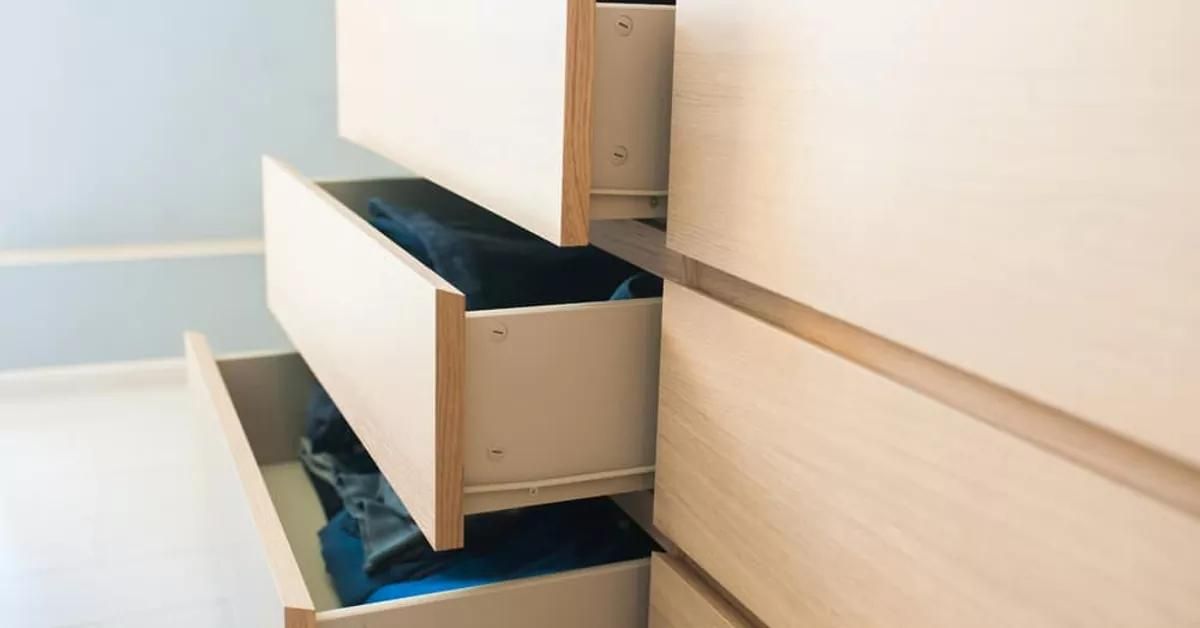
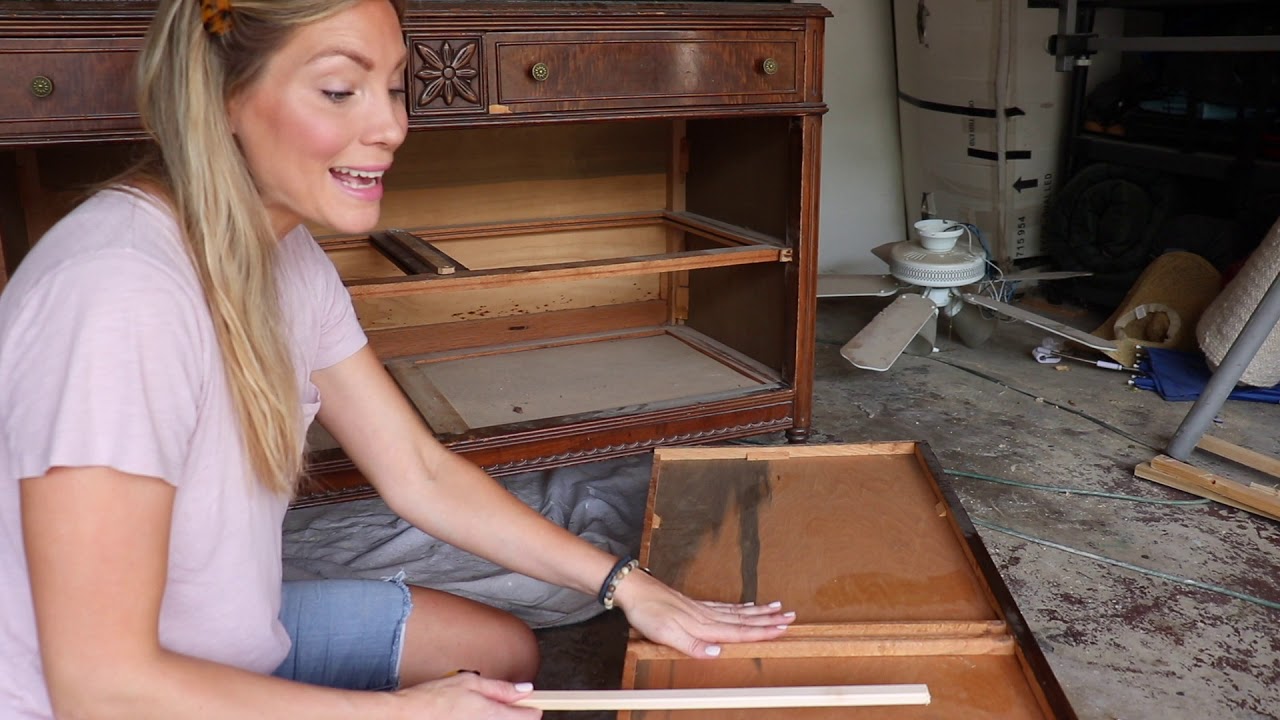
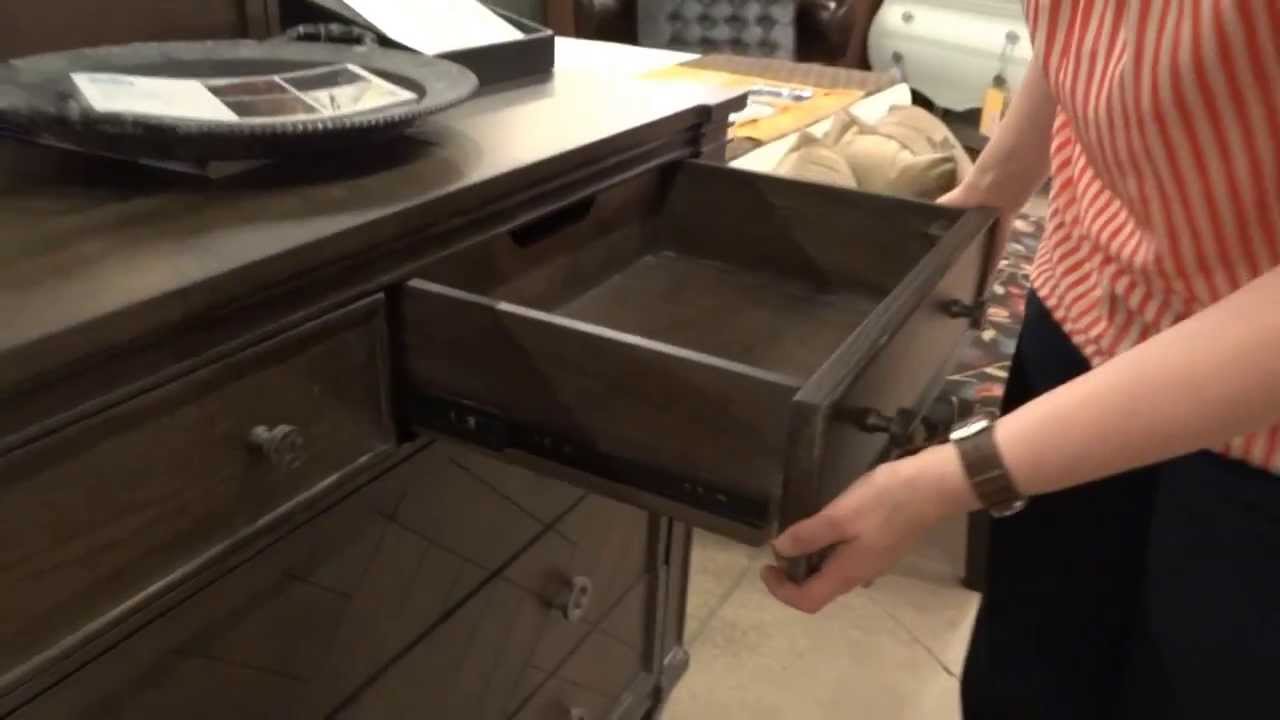
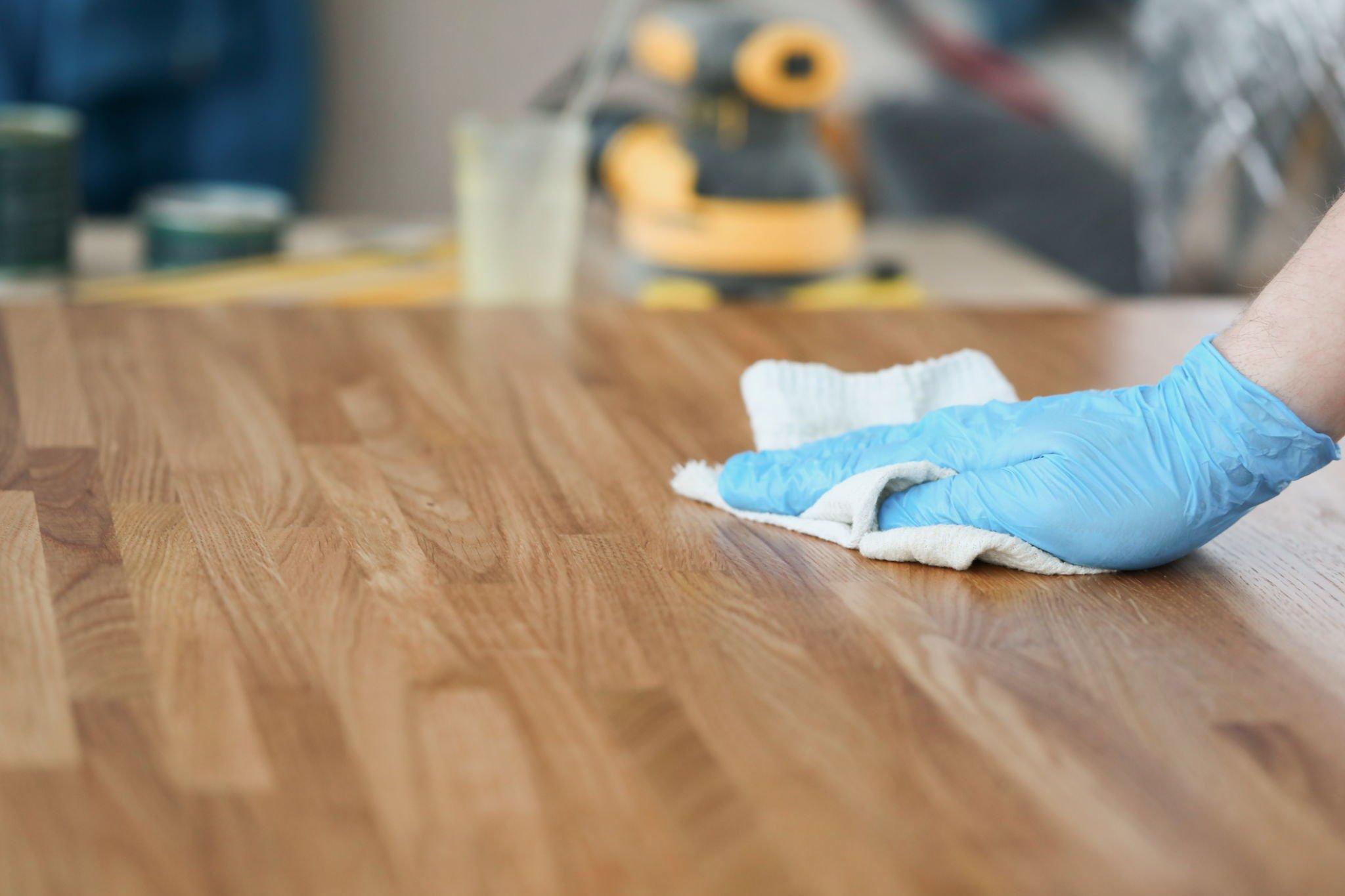
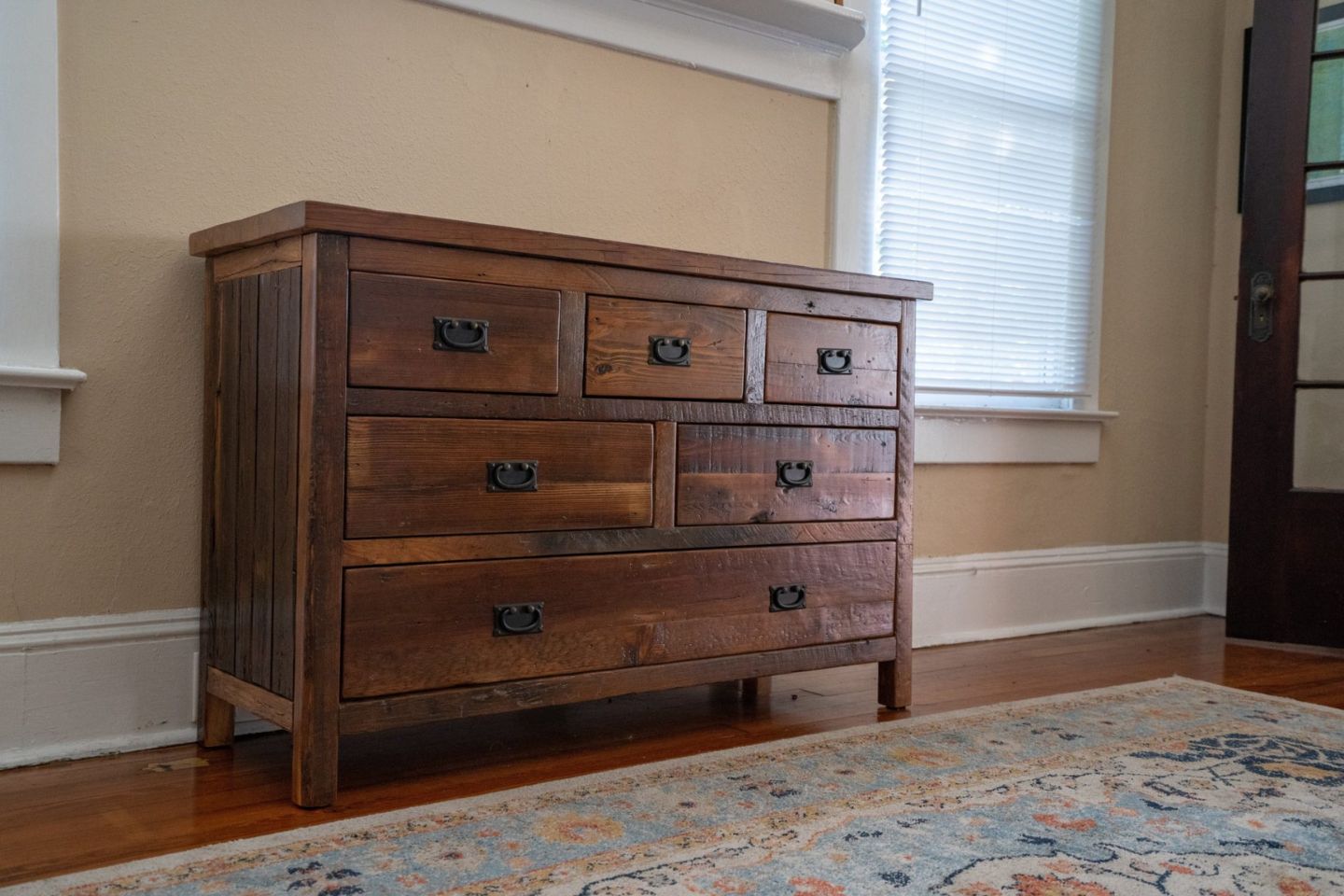
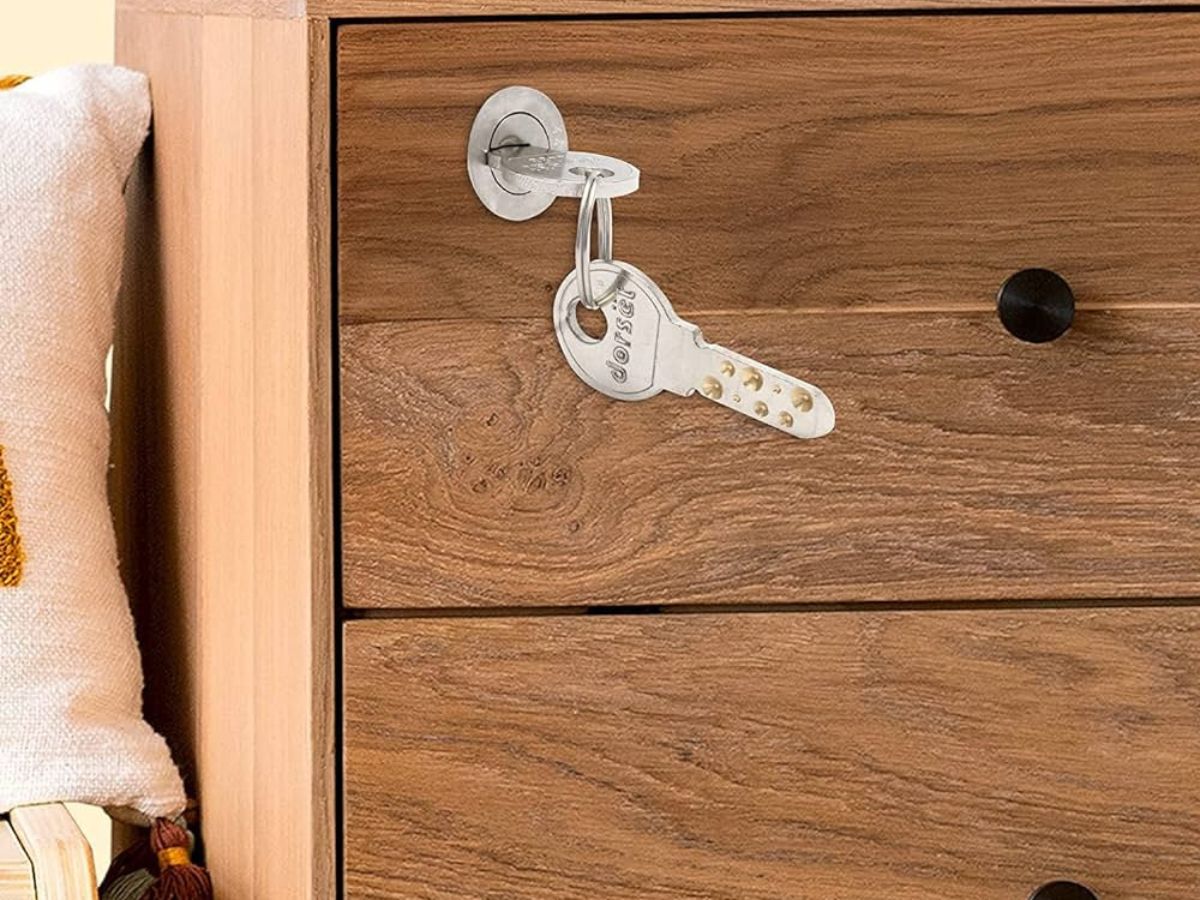
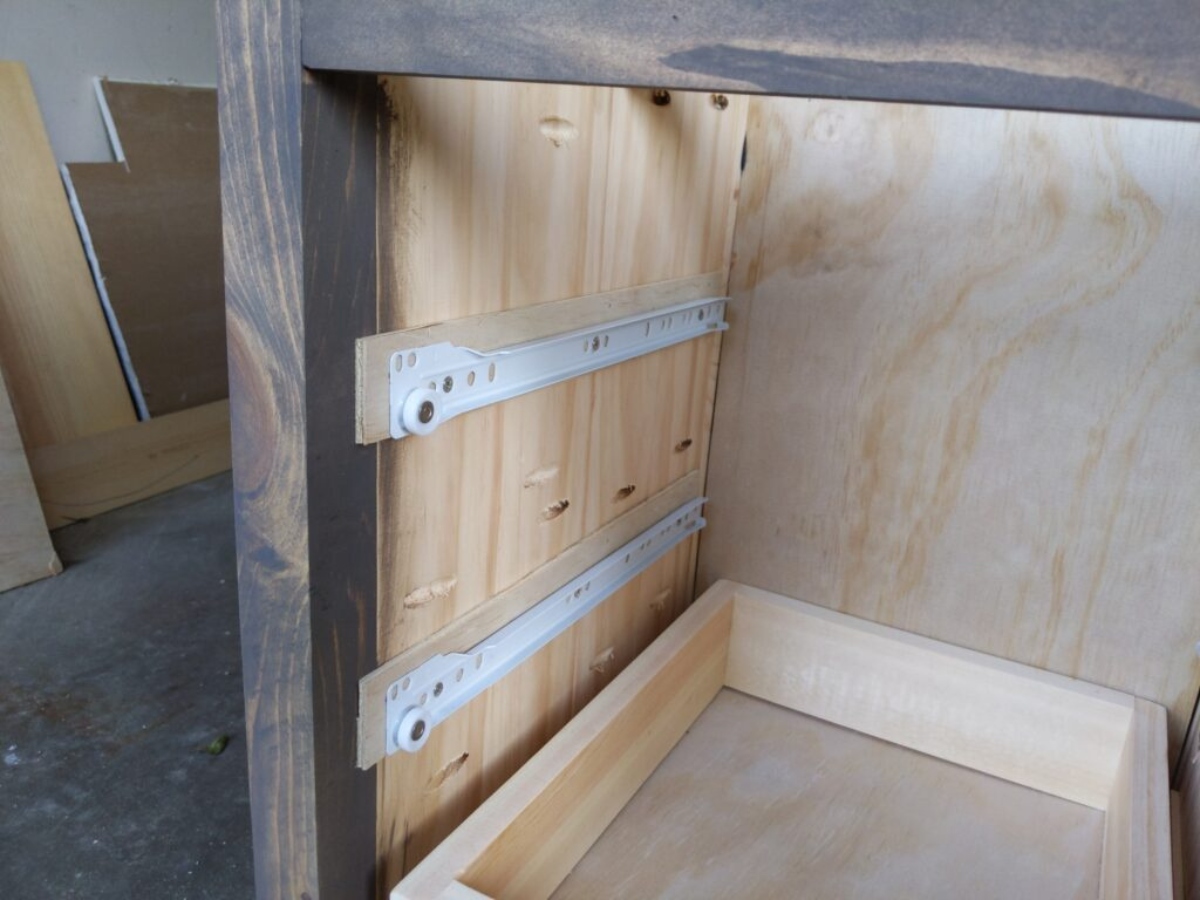
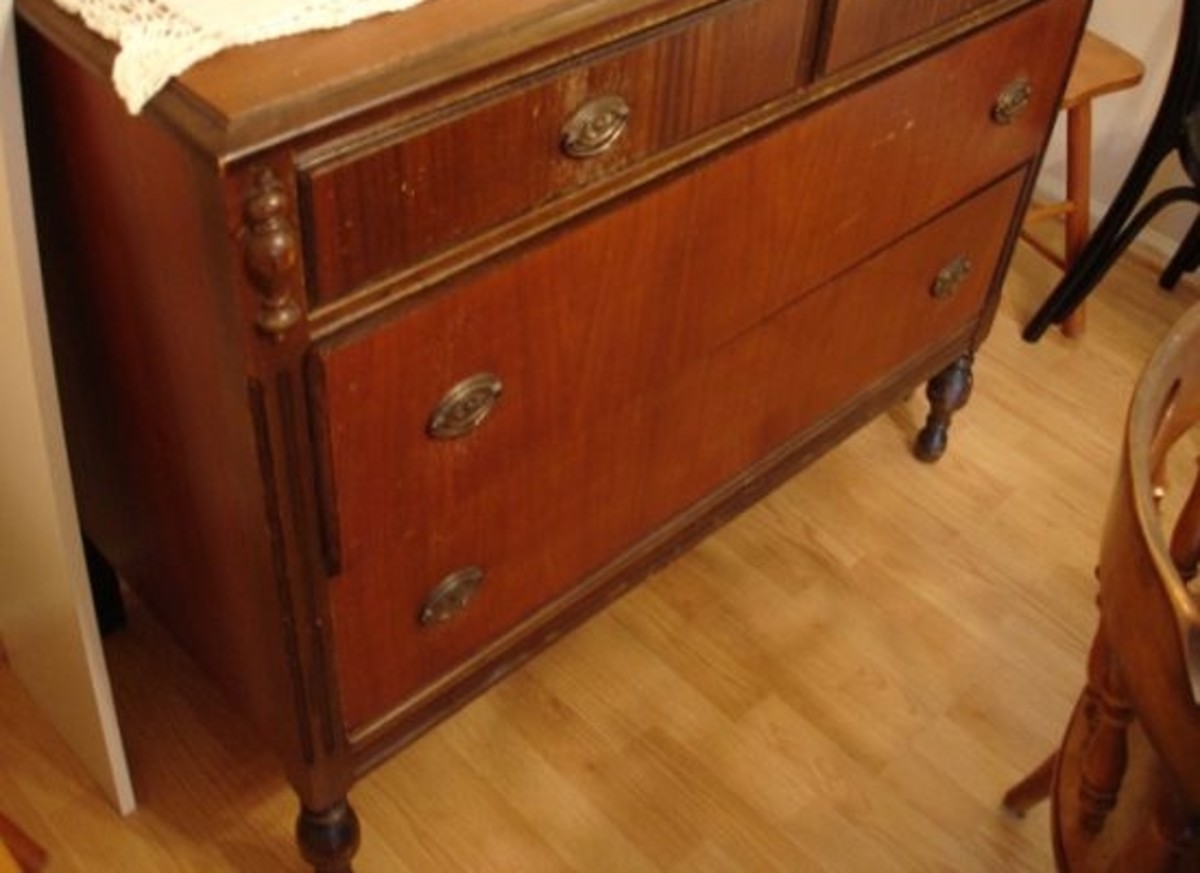
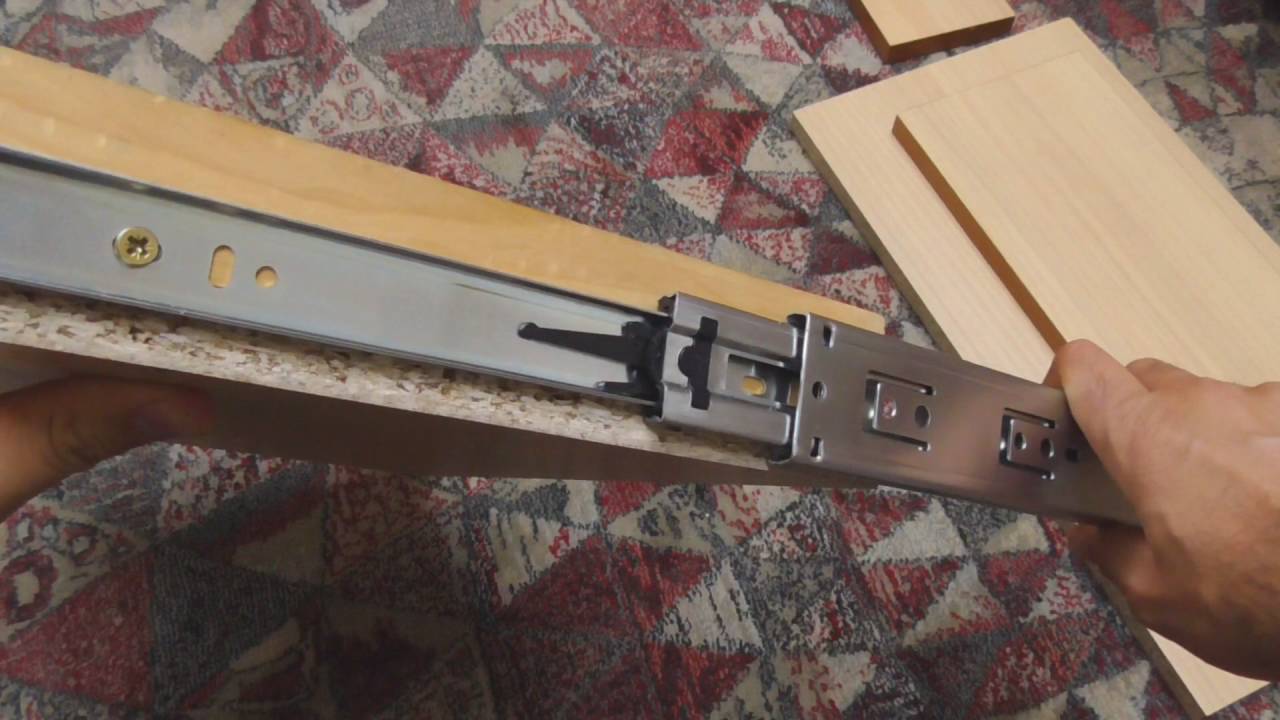
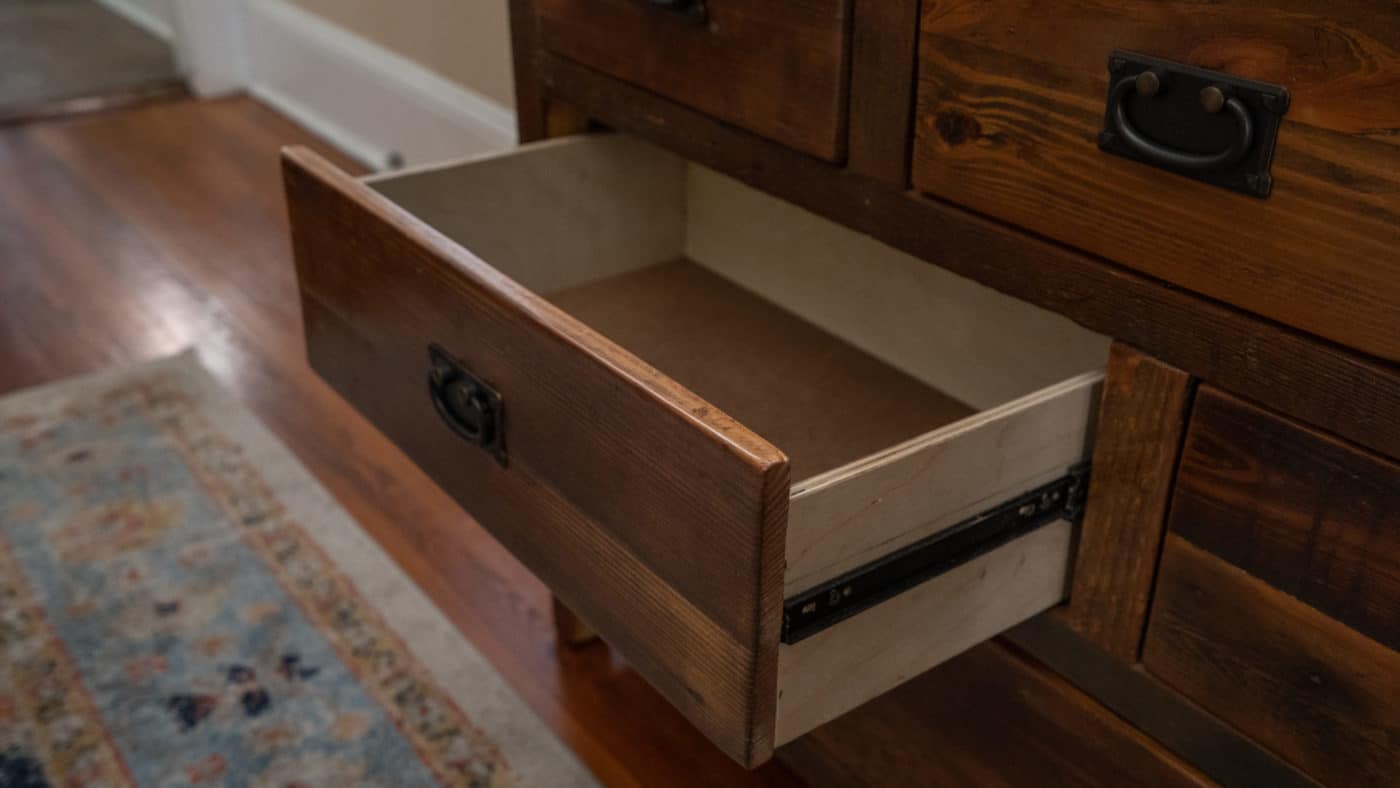

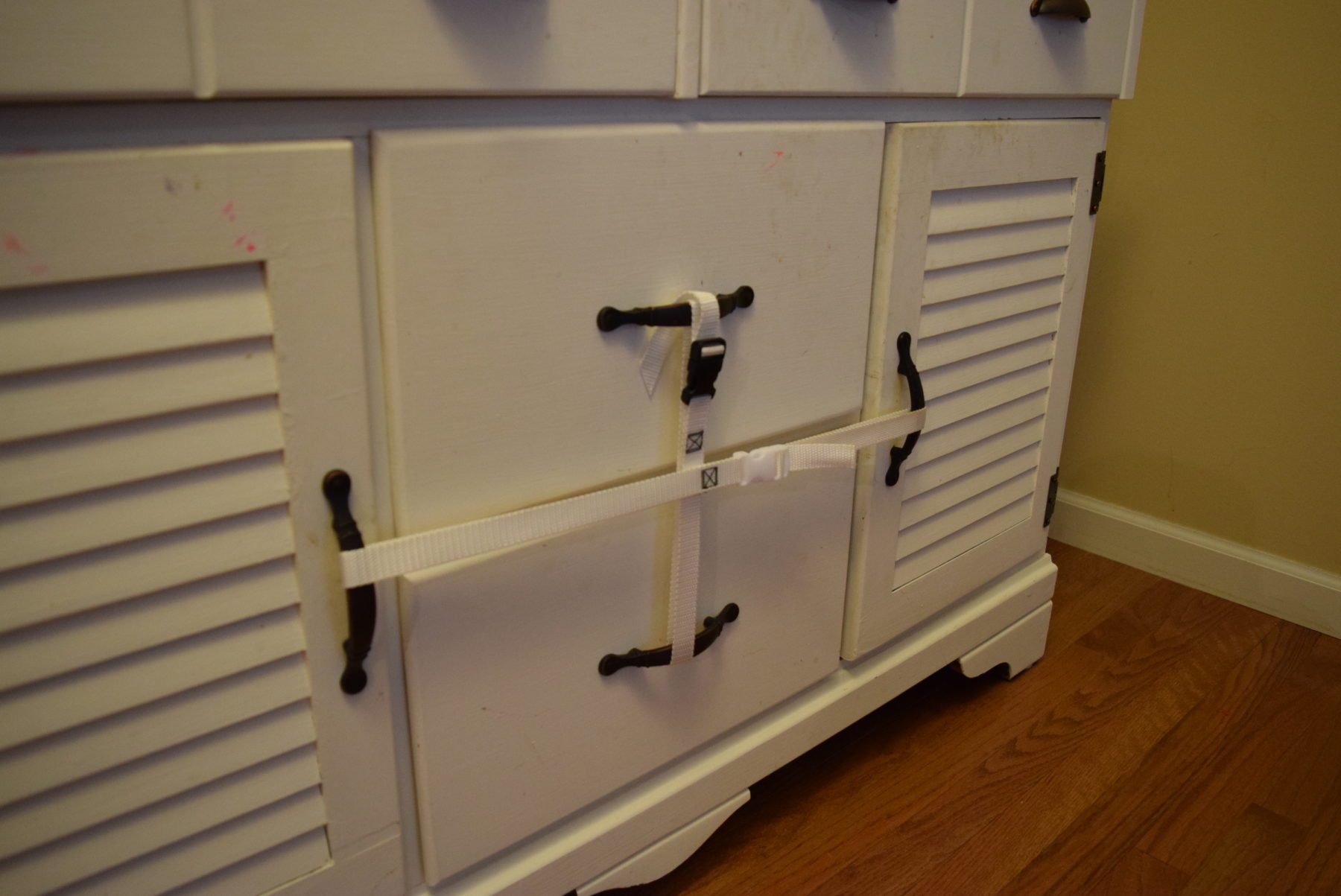
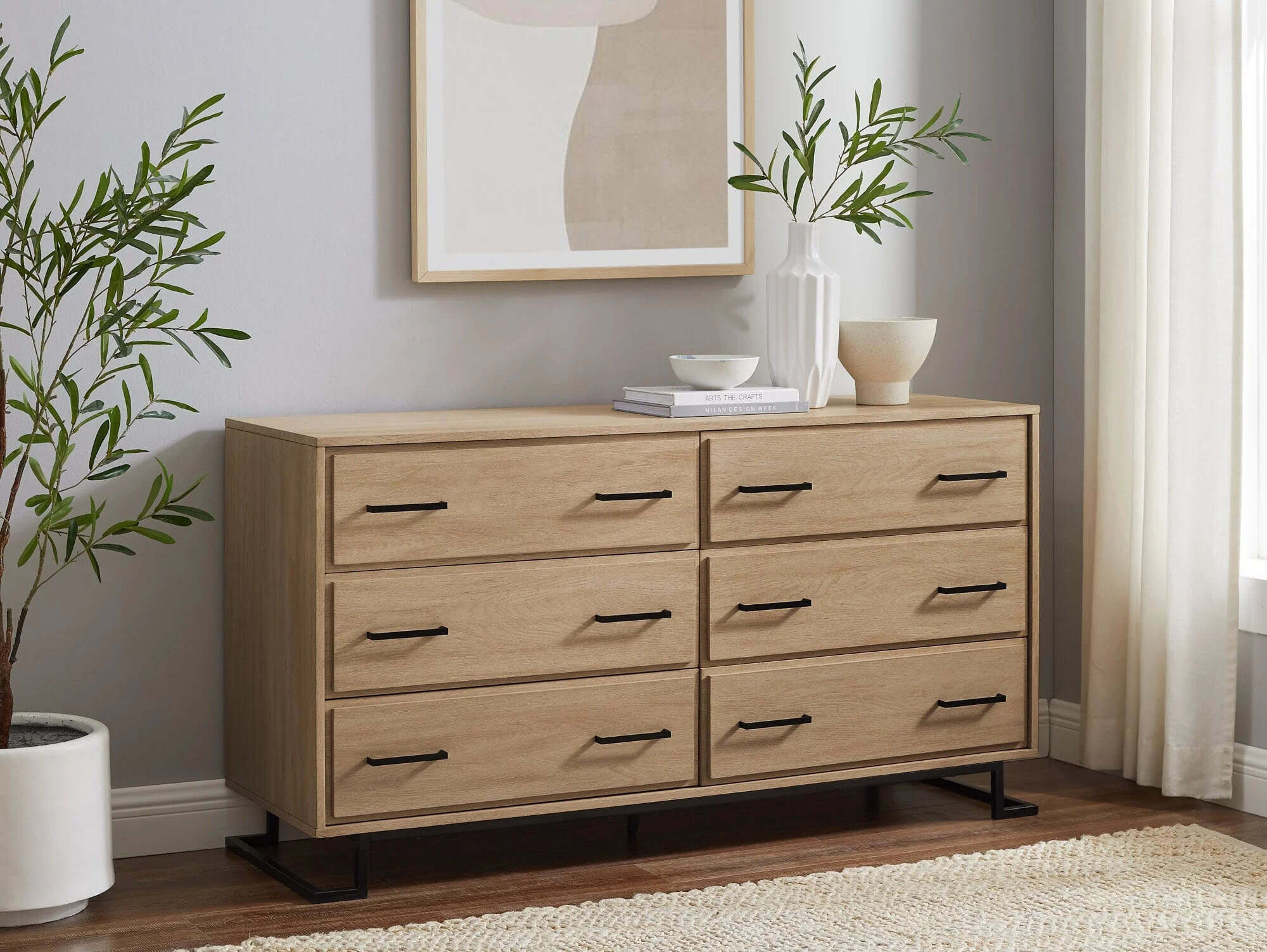

0 thoughts on “How To Make A Wooden Dresser Drawers Slide Easier”